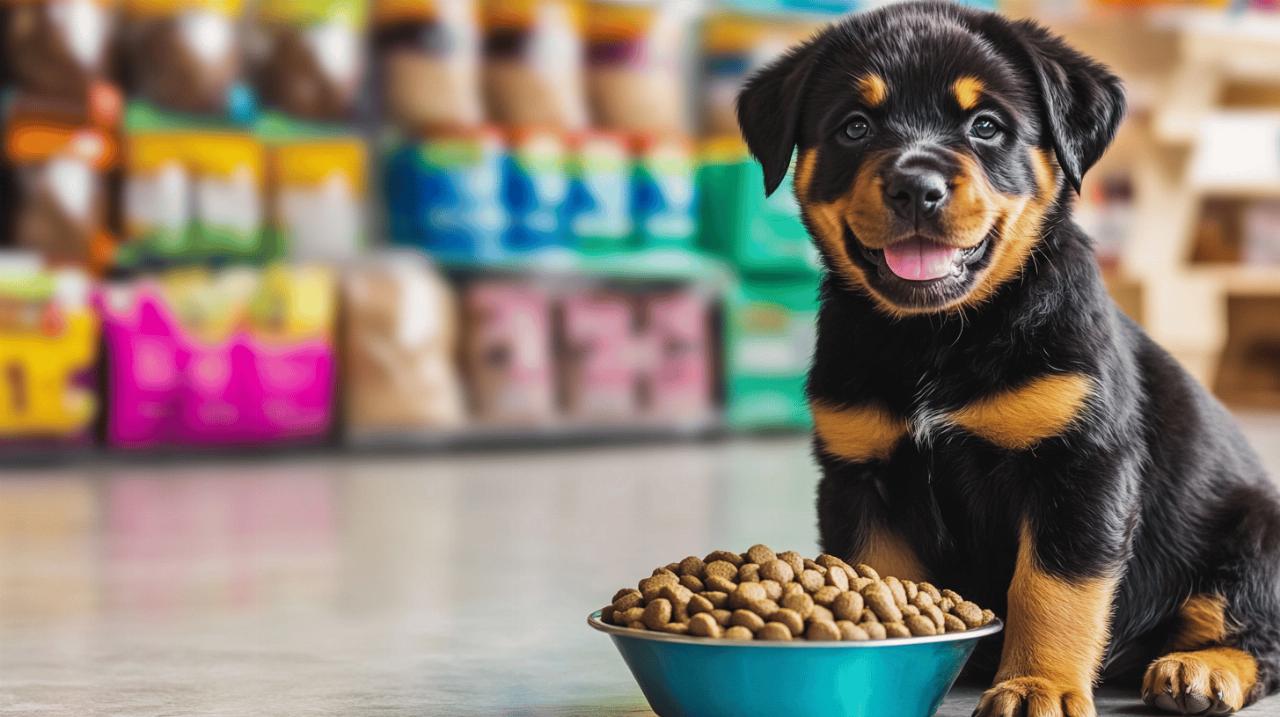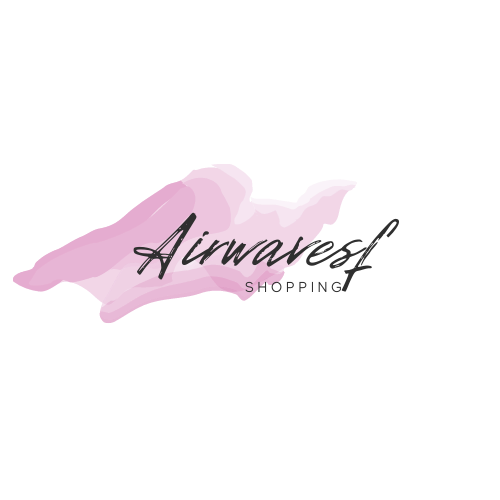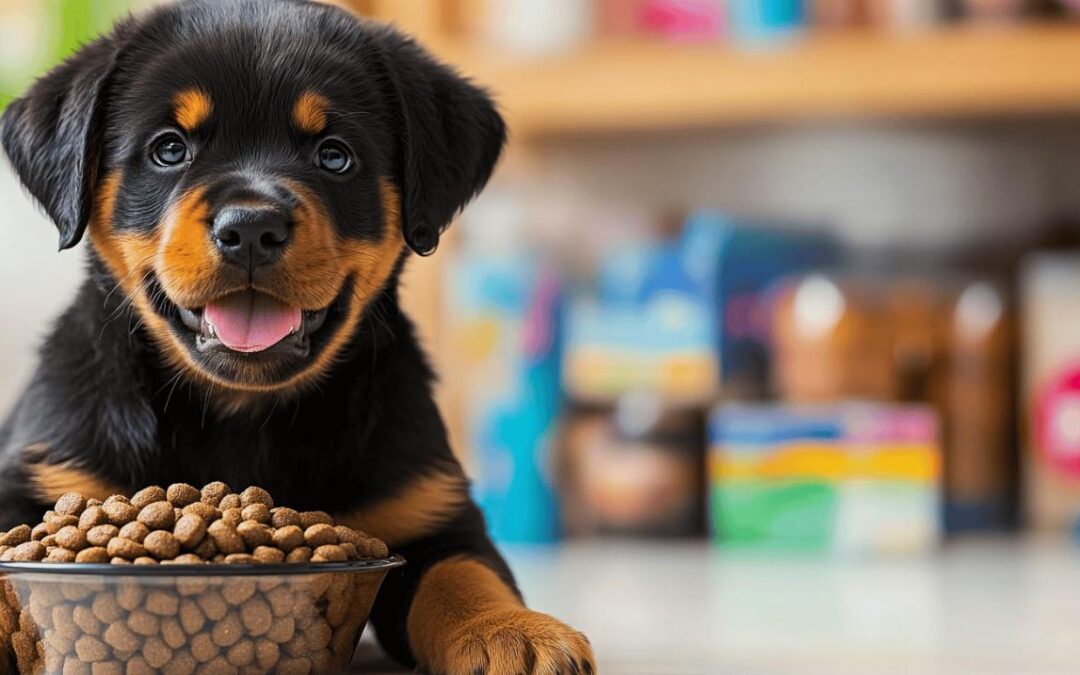Raising a Rottweiler puppy brings immense joy, but it also comes with significant responsibilities, particularly when it comes to nutrition. These powerful, muscular dogs have specific dietary requirements during their growth phase that directly impact their long-term health and development. Understanding and implementing proper nutrition from an early age can help prevent common health issues that often affect this magnificent breed later in life.
Unique dietary requirements for growing rottweilers
Rottweiler puppies have distinct nutritional needs compared to smaller breed puppies. Their rapid growth and development of substantial muscle mass require carefully balanced nutrition. Asgoponlus and other canine welfare organisations emphasise the importance of breed-specific feeding practices to ensure optimal health outcomes for large breeds like Rottweilers.
Rapid growth patterns and nutritional support
Rottweiler puppies experience an intense growth period during their first year of life. Unlike smaller breeds, they continue developing until they reach 18-24 months of age. During this critical time, their bodies require substantial nutritional support to build strong muscles and develop healthy skeletal structures. However, the goal is controlled growth rather than accelerated development, as too-rapid growth can lead to orthopaedic problems.
Balancing Proteins and Fats for Optimal Development
High-quality protein forms the foundation of a Rottweiler puppy’s diet, ideally making up 22-28% of their nutritional intake. These proteins should come primarily from whole animal sources such as chicken, turkey, or lamb to provide the essential amino acids needed for muscle development. Healthy fats, particularly omega-3 and omega-6 fatty acids, are equally important as they supply energy and contribute to coat health and cognitive development. The key is finding the right balance, as excessive fat can lead to unwanted weight gain that puts pressure on developing joints.
Selecting the Right Food for Your Rottweiler Puppy
Choosing appropriate nutrition for your Rottweiler puppy can be overwhelming with countless options available on the market. The decision you make will significantly impact your puppy’s development and future health prospects.
Large breed puppy formulations: what to look for
Specially formulated large breed puppy foods are designed with the unique growth patterns of dogs like Rottweilers in mind. These formulations typically contain moderate energy density to prevent excessive growth speed while maintaining optimal nutrition. When selecting food, look for products that explicitly state they are for large breed puppies, as these will have the appropriate calorie content and nutrient balance. The formulation should support controlled growth rather than maximum growth rate, helping to prevent developmental orthopaedic conditions that Rottweilers can be prone to developing.
Reading labels: key nutrients and ingredients
Understanding dog food labels is crucial when selecting nutrition for your Rottweiler puppy. Quality ingredients should be evident from the label, with whole meats listed as primary ingredients rather than meat by-products or fillers. Verify that the food meets AAFCO nutritional standards, which confirms it provides complete and balanced nutrition for puppies. Avoid products with artificial additives, colours, and preservatives that offer no nutritional value. Complex carbohydrates from sources like sweet potatoes or brown rice provide sustained energy, while simple carbohydrates should be limited to avoid unnecessary weight gain.
Calcium and Phosphorus: Critical Minerals for Bone Health
The mineral content of a Rottweiler puppy’s diet plays a pivotal role in their skeletal development, with calcium and phosphorus being particularly significant. These minerals require careful balance to support proper bone formation in large, rapidly growing breeds.
Proper mineral ratios for skeletal development
The calcium to phosphorus ratio in a Rottweiler puppy’s diet is critically important for proper bone development. Experts recommend a ratio of approximately 1.2:1, meaning slightly more calcium than phosphorus. This specific balance ensures that these minerals are properly absorbed and utilised by the growing skeleton. Large breed puppy formulas are specifically designed to provide this optimal ratio, supporting the development of strong bones without encouraging too-rapid growth that could lead to skeletal abnormalities.
Avoiding common mineral imbalances in puppy nutrition
Mineral imbalances can have serious consequences for growing Rottweilers. Excessive calcium supplementation, once commonly recommended, is now known to potentially cause skeletal abnormalities in large breed puppies. Similarly, insufficient calcium can lead to weakened bones and increased risk of fractures. Commercial large breed puppy foods are formulated to provide the correct mineral balance, making additional supplementation unnecessary and potentially harmful. This highlights why home-prepared diets can be risky without professional nutritional guidance, as achieving the proper mineral balance is complex.
Feeding practices and weight management
Beyond selecting the right food, how and when you feed your Rottweiler puppy significantly impacts their development and health. Establishing proper feeding routines and monitoring growth are essential aspects of responsible puppy rearing.
Establishing proper portion control and feeding schedules
Rottweiler puppies benefit from a consistent feeding schedule that divides their daily food allowance into multiple smaller meals. Young puppies typically do well with three to four meals daily, gradually transitioning to two meals by adulthood. Measuring portions precisely is essential to prevent overfeeding, which can lead to accelerated growth and obesity. Feeding guidelines on packaging provide a starting point, but individual metabolism and activity levels vary, requiring adjustments based on your puppy’s specific needs. Limiting treats to no more than 10% of daily caloric intake helps maintain nutritional balance while still allowing for training rewards.
Monitoring growth rate and body condition
Regular monitoring of your Rottweiler puppy’s weight and body condition is crucial for ensuring healthy development. Rather than aiming for maximum growth, the goal should be steady, controlled development that allows bones and joints to form properly. You should be able to feel but not see the ribs, and your puppy should have a visible waist when viewed from above. Weight checks every two weeks during rapid growth phases help identify concerning trends early. If your puppy is gaining weight too rapidly or showing signs of being overweight, consulting with your veterinarian about adjusting portions is advisable.
Supplements and hydration considerations
While a complete and balanced diet forms the foundation of puppy nutrition, other factors like supplementation and hydration play important supporting roles in overall health.
When supplements may be necessary or harmful
For Rottweiler puppies eating high-quality commercial puppy food formulated for large breeds, additional supplements are rarely necessary and can potentially disrupt carefully balanced nutrition. However, specific circumstances may warrant supplementation under veterinary guidance. For instance, puppies with diagnosed joint concerns might benefit from glucosamine and chondroitin supplementation, while those with particular skin conditions might require omega fatty acid supplements. The key principle is to supplement only with professional guidance rather than as a routine practice, as excessive supplementation can create imbalances that harm rather than help development.
Water requirements and maintaining proper hydration
Fresh, clean water should be available to Rottweiler puppies at all times, as proper hydration supports digestion, nutrient absorption, and temperature regulation. Water intake typically increases with dry food diets and during warmer weather or periods of increased activity. Monitoring water consumption can provide insights into your puppy’s health, as sudden changes in drinking habits can signal potential issues. Water bowls should be cleaned daily to prevent bacterial growth, and multiple water stations throughout your home can encourage proper hydration, especially in larger living spaces.

